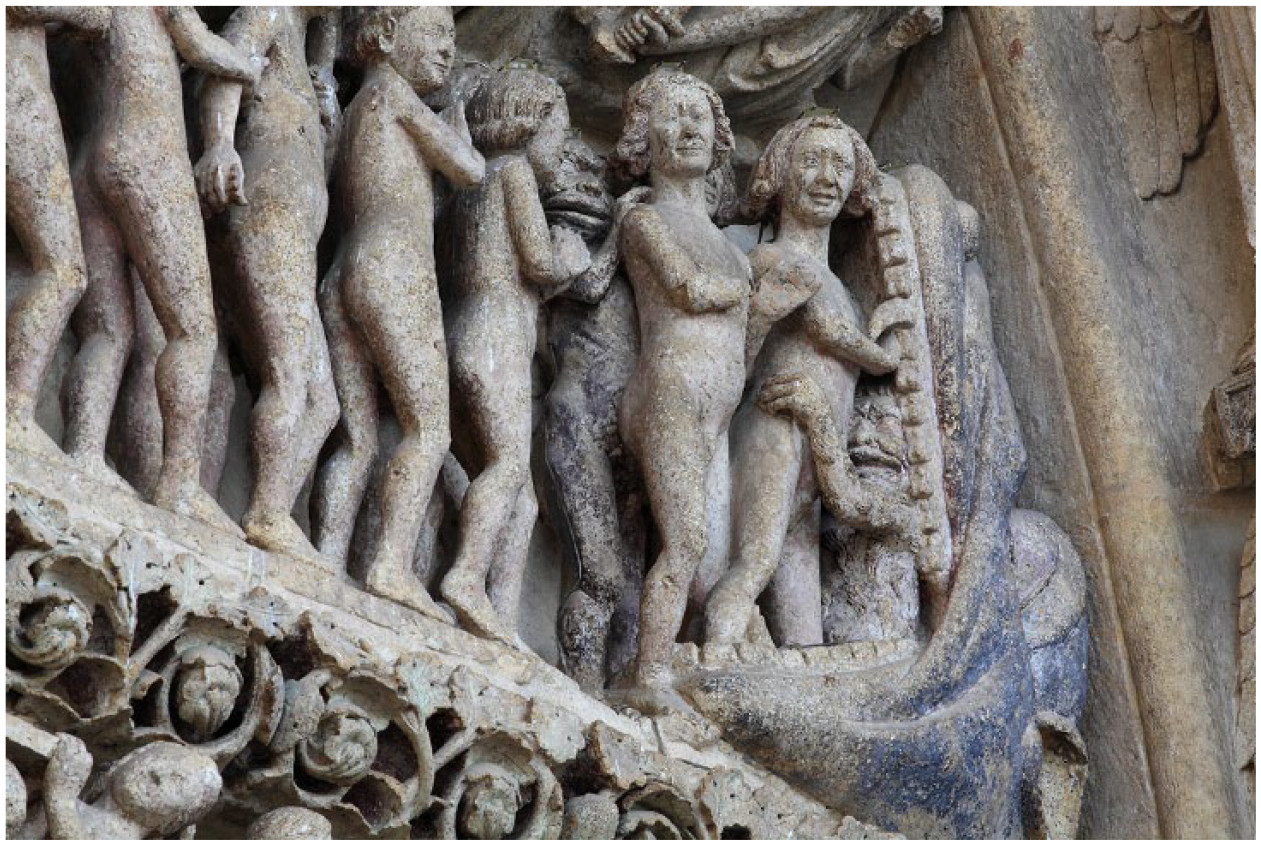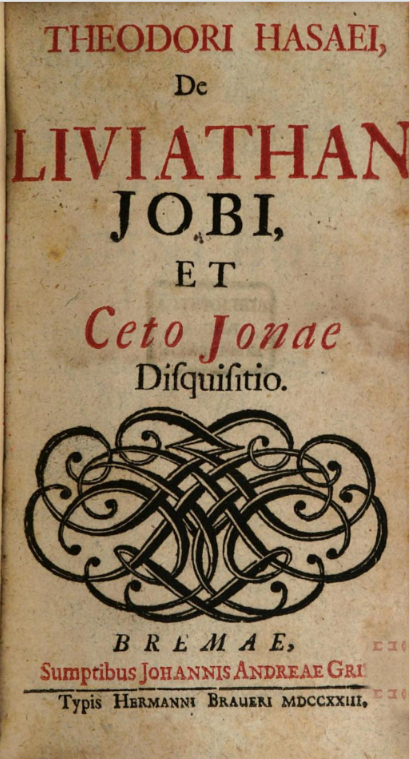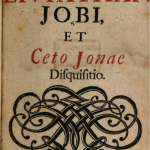
What’s new at the UWr Digital Library?
Recently, the BCUWr website published a preserved single page from the Latin Bible in St. Jerome’s translation, dating to the late 12th century. These are just a few passages from chapters 26-28 of the Book of Isaiah.
In the surviving passage we can read, among other things, the eschatological vision of the prophet (27:1), who says thus: “In die illo visitabit Dominus in gladio suo duro et grandi et forti super Leviathan serpentem vectem et super Leviathan serpentem tortuosum et occidet cetum qui in mari est” (“In that day, the Lord will punish with his sword— his fierce, great and powerful sword— Leviathan the gliding serpent, Leviathan the coiling serpent; he will slay the monster of the sea”). The Leviathan mentioned by Isaiah in this pericope is a metaphor for Israel’s powerful enemy Babylon. However, what is this Leviathan? Some scholars in the 19th century tried to argue that the Hebrew word לִוְיָתָן (read: līvyāṯān) is a zoonim and to identify this creature with various large aquatic animals, such as. with the Nile crocodile or various species of cetaceans (e.g., Theodor von Hase, in his work entitled De liviathan Jobi et ceto Jonae disquisitio, identifies our creature with the spermaceti sperm whale). Other biblical scholars have argued that this is a generic term for sea creatures, noting that in Isaiah 27:1 Leviathan is described as a “writhing serpent” that will be killed by God Himself. The name לִוְיָתָן itself etymologically derives from the stem לוה – ‘to tangle; to join’, with the adjectival suffix ן-, which gives the literal meaning ‘coiled, twisted, undulating’. Jewish ancient and medieval exegesis describes Leviathan as a dragon that lives above the sources of the ancient Abyss, will be slain by God, and its meat will be served as a feast to the righteous in the End Times (cf. e.g. Talmud, Bawa Batra 75a, where Rabbi Jochanan ben Napacha is quoted: עָתִיד הַקָּדוֹשׁ בָּרוּךְ הוּא לַעֲשׂוֹת סְעוּדָה לַצַּדִּיקִים מִבְּשָׂרוֹ שֶׁל לִוְיָתָן). Instead, the feast will be held in a tent sewn from the skin of Leviathan. In Christianity, Leviathan became a symbol of the devil in ancient times and was identified with the dragon. This was because in the Greek translation of the Old Testament called the Septuagint, in places where the word לִוְיָתָן occurs, the learned Alexandrian translators usually rendered it with the noun δράκων (read. drákon – ‘great serpent’, ‘dragon’), and in one place, in a translation of the Book of Job, they used the word κῆτος (read: kêtos, we have written about this creature before: https://www.facebook.com/share/p/5FuuQCnuoZgoJSt5/). The author cited at the beginning of this post, St. Jerome, commenting on Psalm 103, where Leviathan also appears, writes in a work titled Tractatus LIX in psalmos: “Iudaei dicunt: draconem magnum fecit deus, qui dicitur leviathan, et est in mare; et quando, aiunt, recedit oceanus, draco vertitur. Nos autem dicamus: iste est draco, qui de paradiso eiectus est, qui decepit Evam” (“The Jews say that God created a great serpent, which is called Leviathan, which is in the sea; and when the ocean recedes, they say that it happens because this serpent turns. And we will say that this is the serpent that was cast out of Eden, who deceived Eve.”). The name Leviathan itself is very popular, e.g., the main cryovolcanic caldera on Neptune’s largest moon, Triton, discovered by the Voyager 2 probe in 1989, measuring about 80 kilometers and located at the center of what is probably the largest volcanic structure in the Solar System is called Leviathan Patera, and one of Thomas Hobbes’ most famous philosophical treatises, published in 1651, is titled “Leviathan, or the Matter, Form and Power of the Ecclesiastical and Secular State.” Written during the English Civil War (1642-1651), Hobbes’ work deals with the structure of society and legitimate authority, and is considered by historians of political doctrine to be one of the earliest and most influential examples of social contract theory. Below is a link to a published scan of this one page from the Latin Bible:
Łukasz Krzyszczuk, Manuscripts Department, University Library















